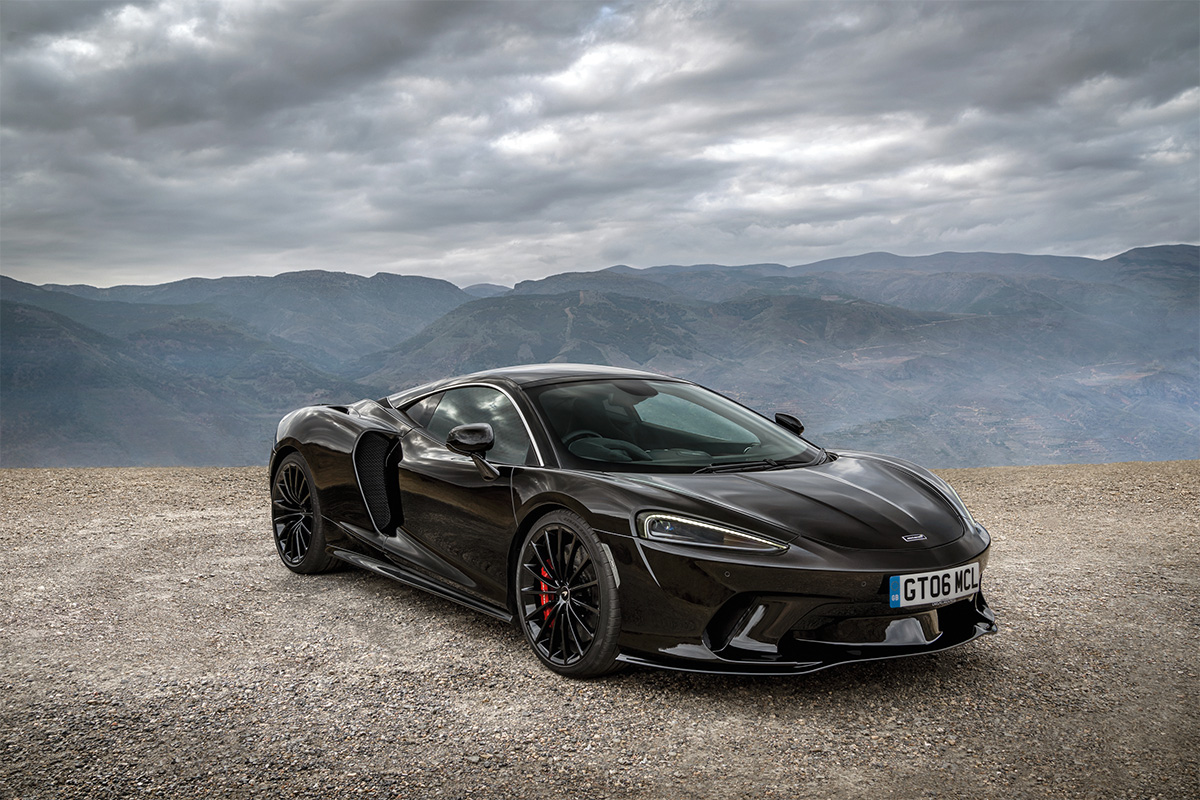
For a balanced supercar life, look no further that the new Mclaren GT
In the second part of our supercar review series, LUX gets behind the wheel of the McLaren GT
A GT car, traditionally, was a good compromise. Powerful and exciting to drive, but also comfortable and relatively quiet, in order to fulfil ‘grand touring’ duties, typically between Monaco and Zürich, or Munich and the Amalfi coast, or any two points between which the wealthy of the mid to late 20th century wished to drive.
Follow LUX on Instagram: luxthemagazine
This is a relatively challenging brief, because the most exciting cars are, by definition, highly responsive and therefore tend to be exhausting when driven in straight lines on the motorway. Similarly, cars that are relaxing to drive in a straight line are not always exciting on the last series of twisty curves leading up to your Eagle’s Nest villa. The cars that succeeded in combining these qualities, such as Ferrari’s 275 GTB/4, the Aston Martin DB5 and Jaguar E-type, are historic masterpieces and play a valuable part in automotive history.
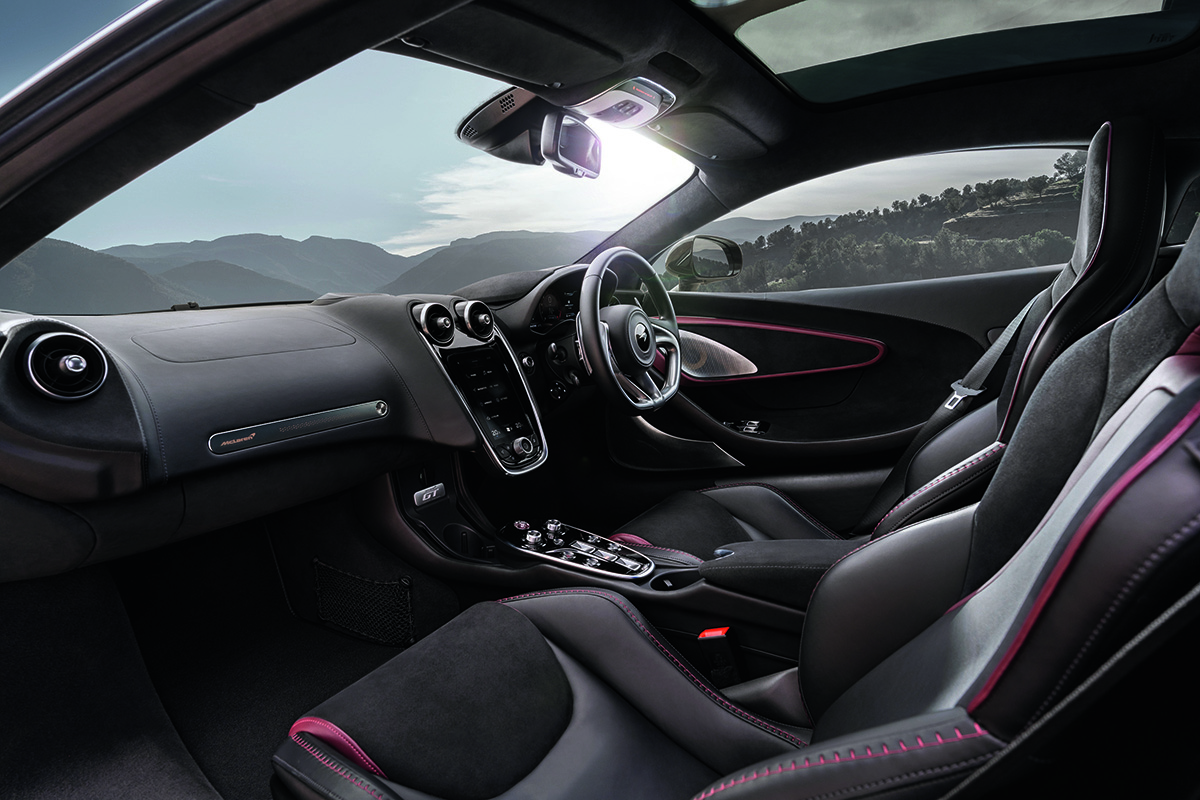
This two-seater is fantastically accomplished, offering sports car thrills and comfort
McLaren absolutely excels at making cars that are exciting on a tightly curved country road. And here is a McLaren that looks pretty similar to those models, but is instead badged a GT and aimed at buyers who want a balanced supercar life.
The first thing we established, on a series of tight curves and roundabouts in rural Britain, is that this car handles like a McLaren and not like some kind of soft-luxury saloon. It’s sharp, responds dynamically to the throttle, brakes brilliantly, shoots over mid-corner bumps as if they are not there and generally feels like you are driving a supercar. If McLaren didn’t make its non-GT series of cars, you would be perfectly happy with this as your two-seater sports car.
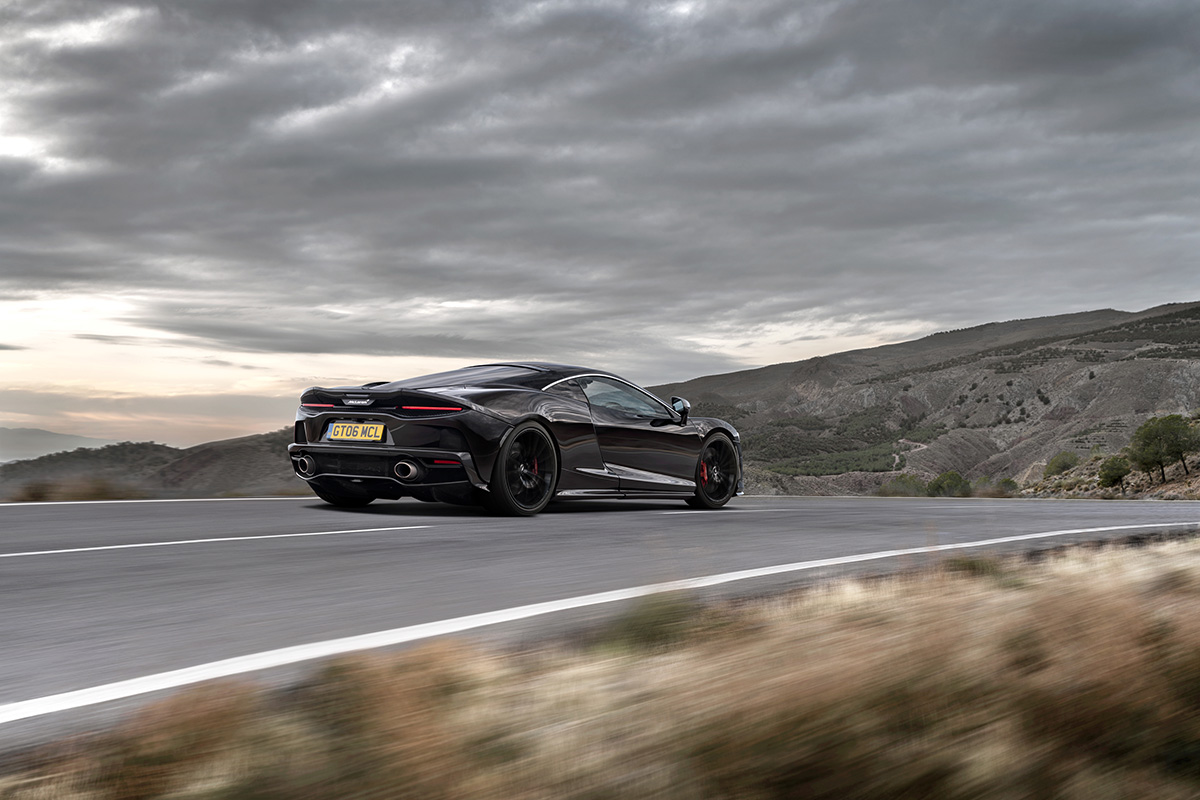
Exterior of the McLaren GT
The interior is snug and comfortable while you are in there – like all McLarens, it can take a bit of focus to get in and out, particularly for larger and taller people.
And how does it perform as a GT? Its massive power means it achieves cruising velocity swiftly
and effortlessly. The suspension engineering and aerodynamics give it superb straight-line
stability. Always willing and responsive, it never feels nervous. It’s also relatively quiet, in terms of both engine and road noise, compared with a proper supercar, and rides well – you never feel the car is fighting the road.
Read more: The Style And Substance Series: Porsche 911 Targa 4S Heritage Design Edition
All in all, a brilliant, fantastically accomplished two-seater car. If you were to buy one, instead of a two-seater Ferrari or Lamborghini, for pure sports car thrills, no one would say you had made the wrong choice.
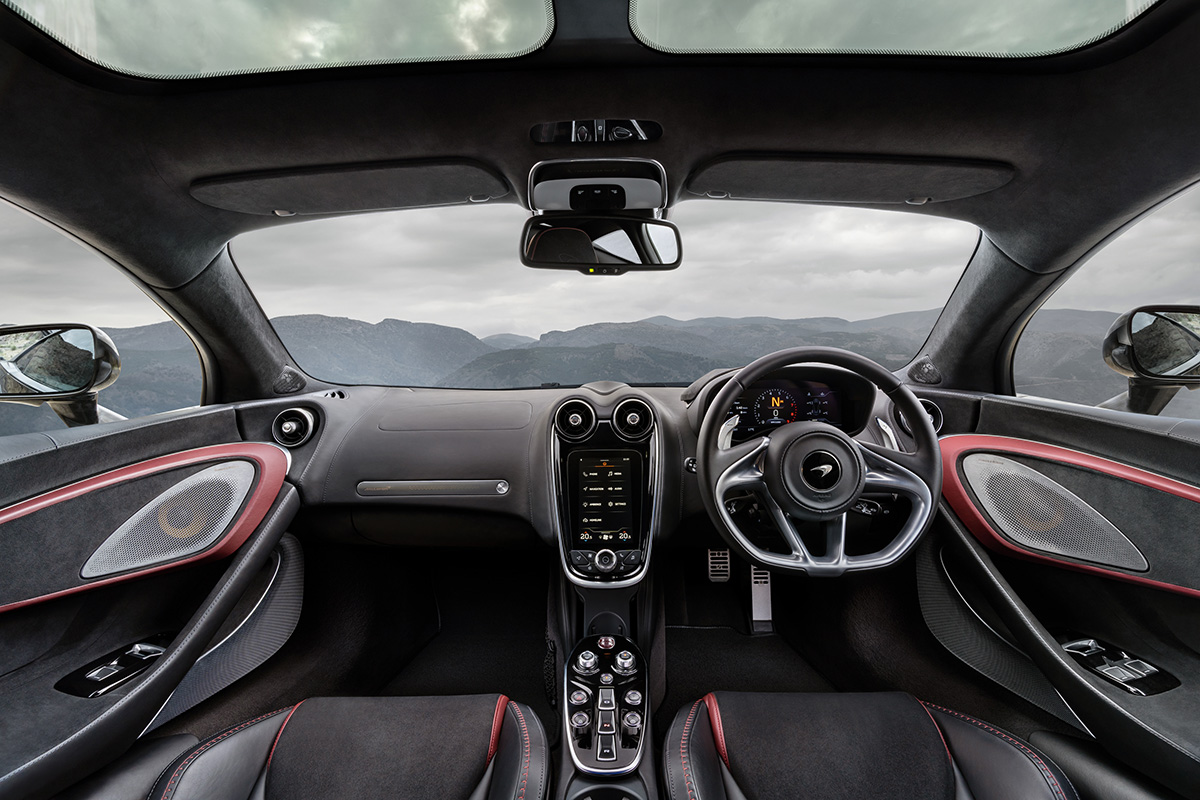
Interior of the McLaren GT
But is it a GT? That’s a $200,000 (more or less, depending on which country you’re buying the car in) question. While it will perform long-distance duties with aplomb, it doesn’t quite have the je ne sais quoi of the great GT cars. And that’s no real criticism, because even Ferrari and Aston Martin, the traditional holders of the GT crown, find it hard to balance the engineering required to keep a super high-performance car on the road, and the laid-back qualities needed for a great GT. The McLaren is a great car, but is it a great GT? Not quite. But we’re not sure anything made in the past 15 years or so is.
LUX Rating 18.5/20
Find out more: mclaren.com
This article appears in the Summer 2022 issue of LUX


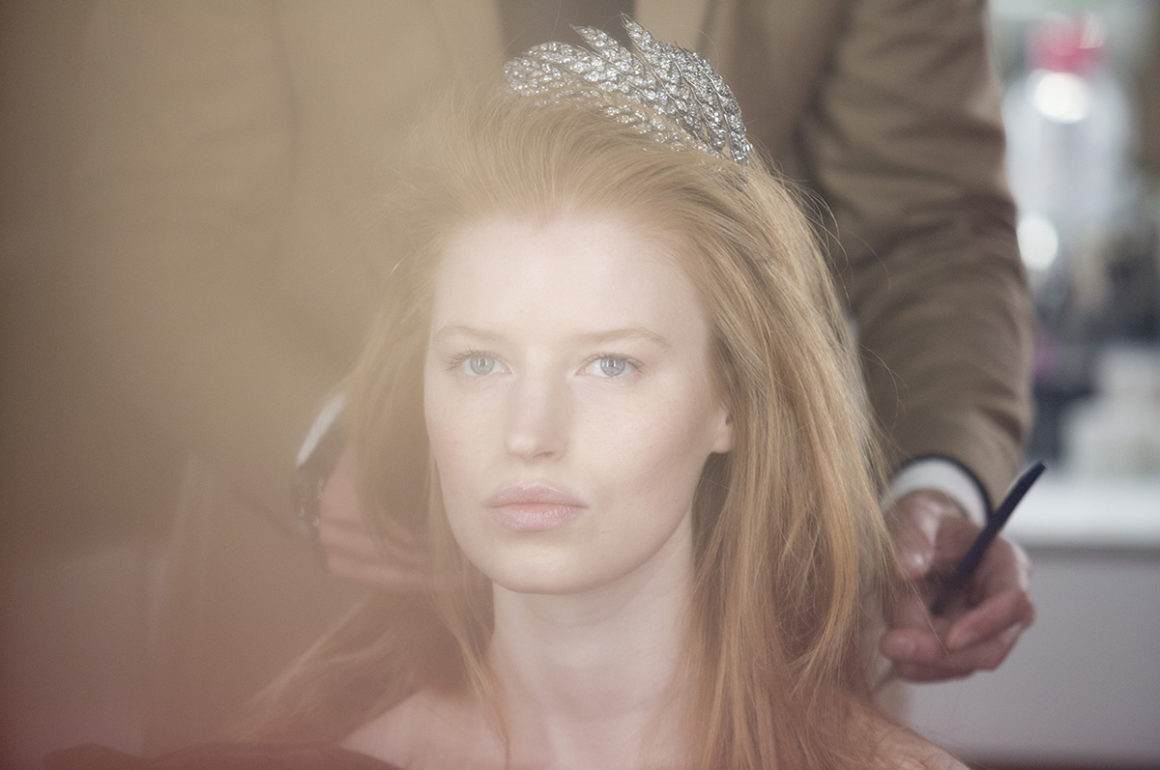
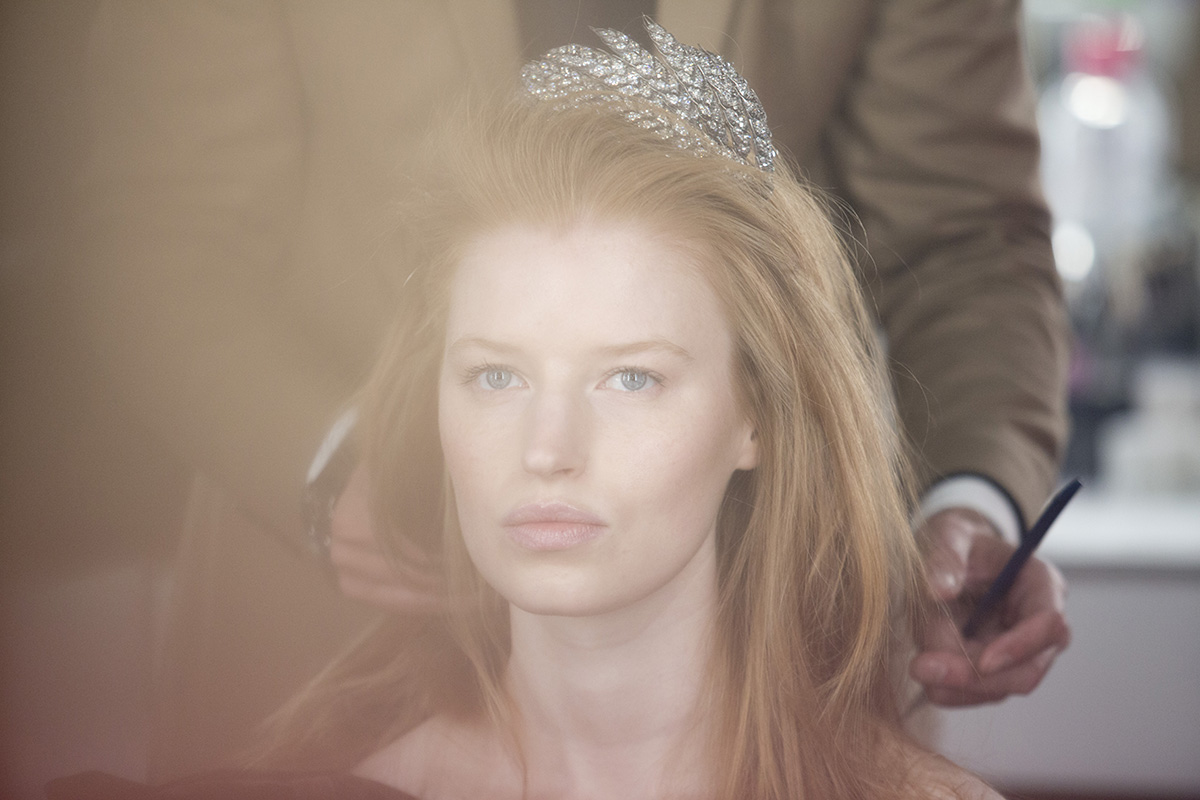
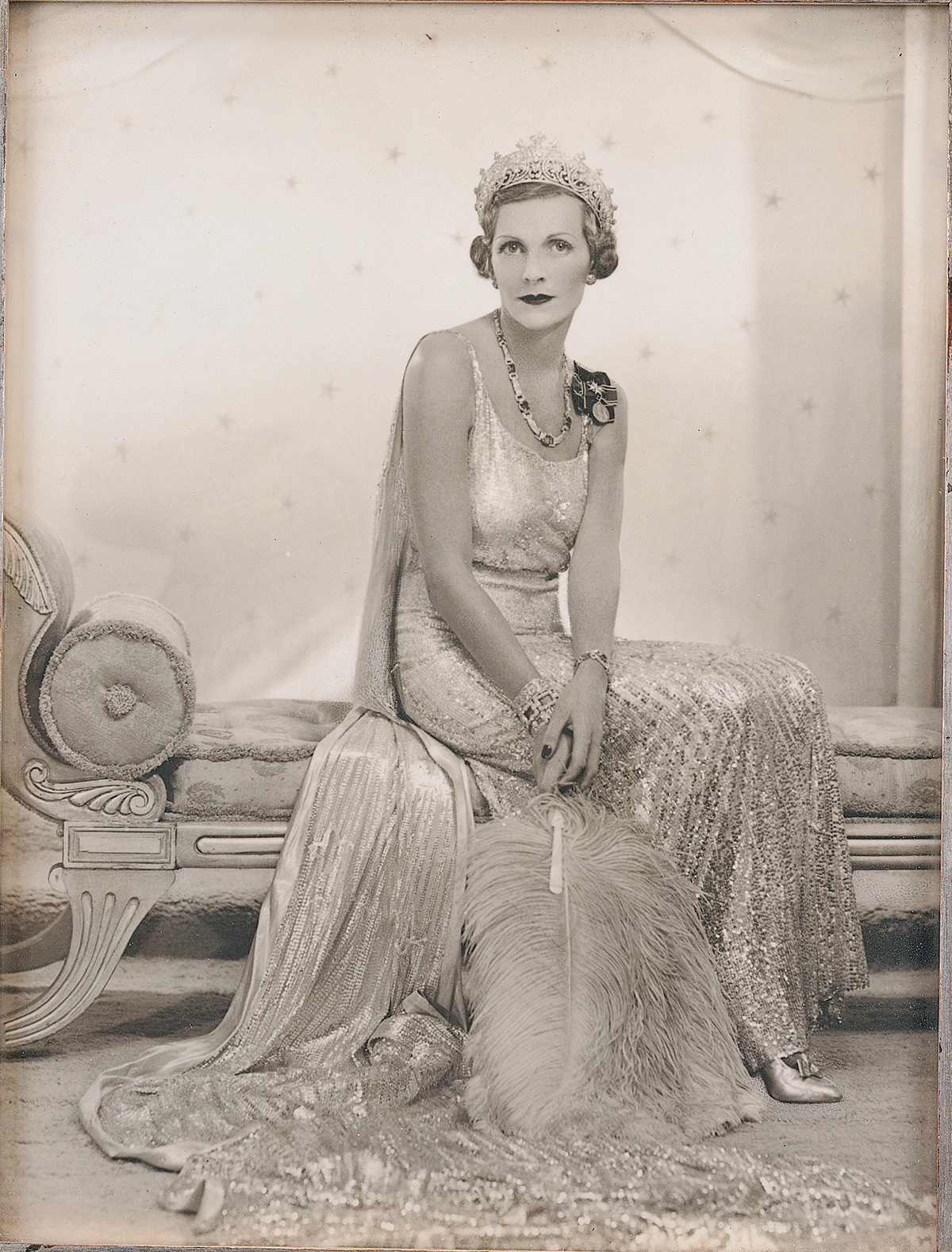
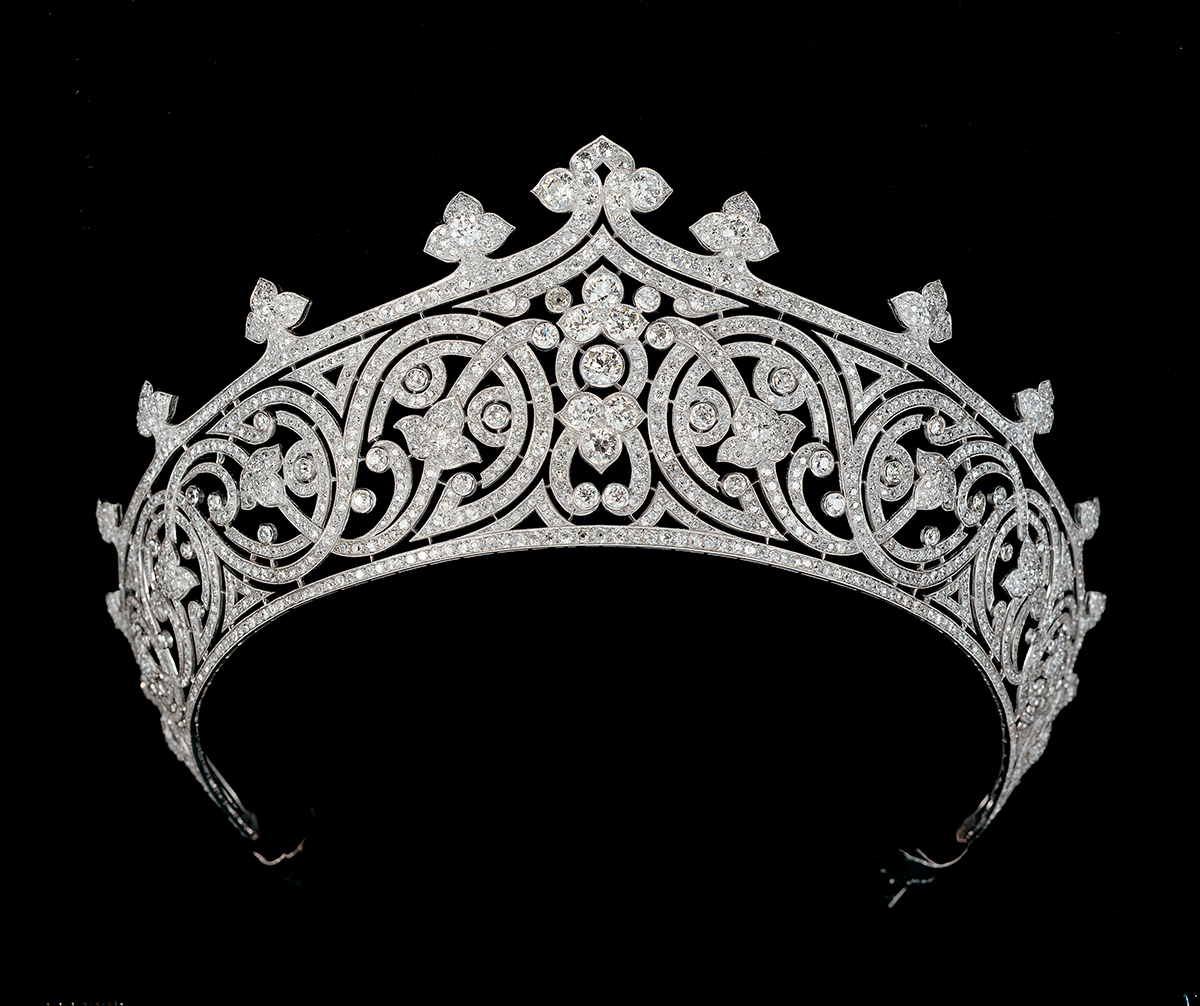





Recent Comments